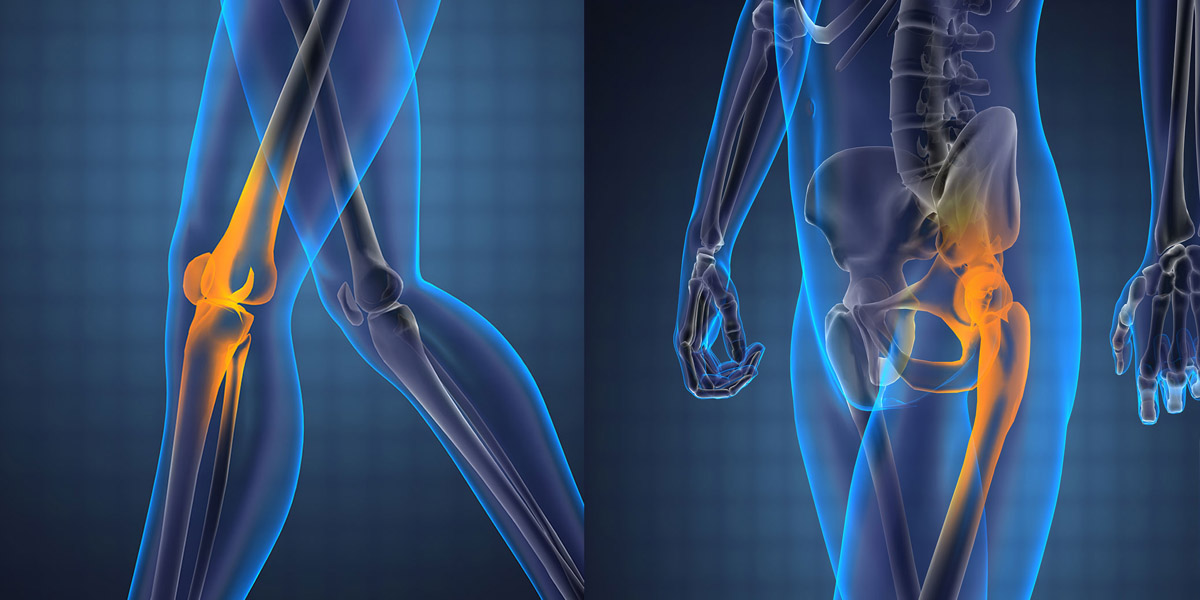
Knee and hip transplants, commonly referred to as knee and Hip Transplants, are surgical
procedures to replace damaged joints with artificial implants. These procedures are typically
performed to relieve pain and restore function in patients with severe arthritis, fractures, or other joint
problems.
Knee Transplant (Knee Arthroplasty)
Indications :
Severe osteoarthritis or rheumatoid arthritis
Post-traumatic arthritis
Knee deformity (valgus or varus)
Chronic knee pain that limits daily activities
Failure of conservative treatments (medications, physical therapy)
Procedure :
Removal of damaged cartilage and bone from the surface of the knee joint.
Resurfacing the joint with metal and plastic components.
Typically takes about 1-2 hours.
Recovery :
Hospital stay of a few days.
Physical therapy starts shortly after surgery.
Full recovery can take 3-6 months.
Hip Transplant
Indications :
Severe osteoarthritis or rheumatoid arthritis
Hip fractures
Avascular necrosis (loss of blood supply to the hip bone)
Chronic hip pain that limits daily activities
Failure of conservative treatments (medications, physical therapy)
Procedure :
Removal of the damaged femoral head and acetabulum (hip socket)
Replacement with a prosthetic femoral head and a cup-like component for the socket
Typically takes about 1-2 hours
Recovery :
Hospital stay of a few days
Physical therapy starts shortly after surgery
Full recovery can take 3-6 months
Both knee and Hip Transplants have high success rates, with most patients experiencing significant pain relief and improved function.
Implants typically last 15-20 years, but this can vary depending on factors such as activity level
and overall health.
Innovations and Alternatives
Minimally invasive techniques: Smaller incisions, less tissue damage, and quicker recovery
Robotic-assisted surgery: Increased precision in implant placement
Partial Knee Transplant: An option for patients with damage limited to one part of the knee
Non-surgical treatments: Injections (corticosteroids, hyaluronic acid), stem cell therapy, and
other regenerative medicine approaches
